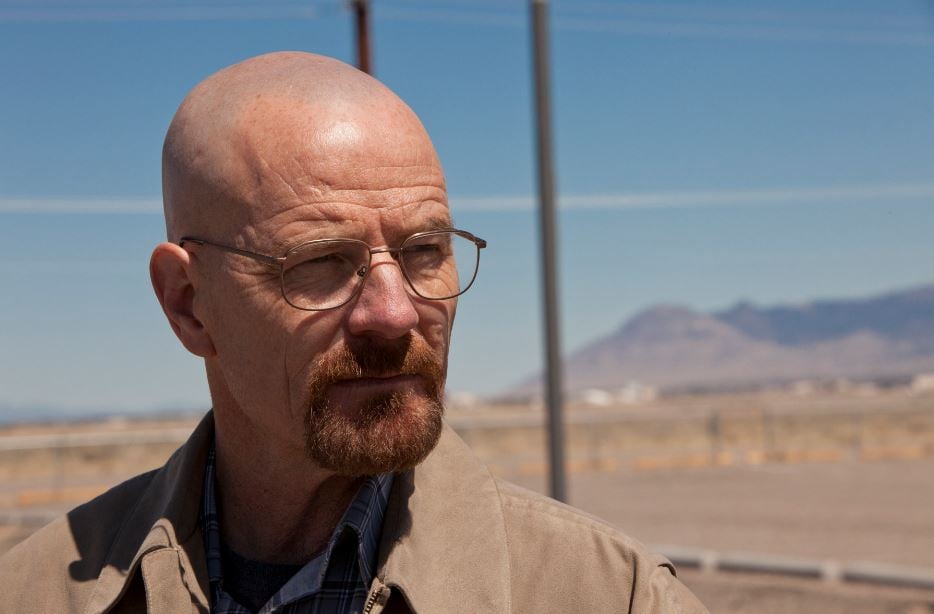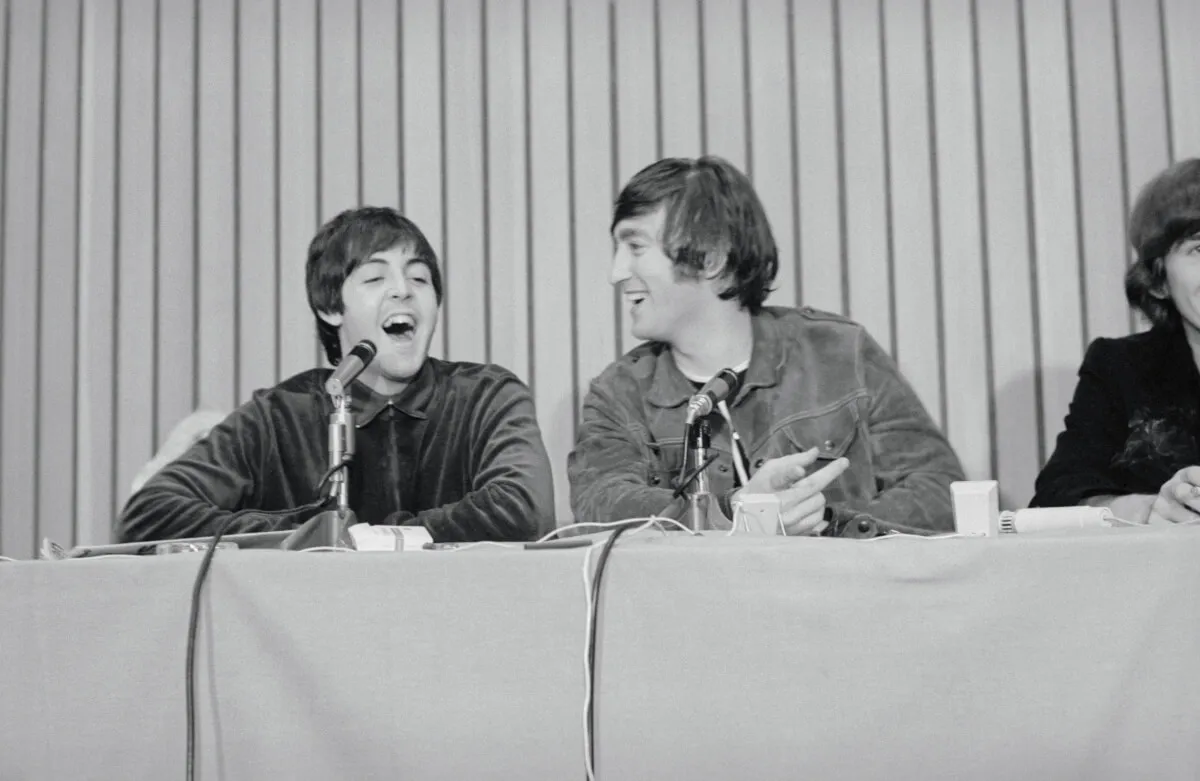‘Breaking Bad’: What Vince Gilligan Meant By Walter White Turning ‘From Mr. Chips Into Scarface’
Breaking Bad creator Vince Gilligan came up with the idea for the series while having a mid-life crisis.
He said in an interview, “[A friend and I] were just joking around on the phone about what we should do next: Should we be greeters at Wal-Mart? Should we put a meth lab in the back of an R.V. and cook meth and drive around the southwest? And that image…I don’t know, it just stuck with me.”
The 53-year-old director took the idea and ran with it. All along, Gilligan has said that his goal for the series was to turn the main character Walter White “from Mr. Chips to Scarface.” Critics say he accomplished that perfectly.
But what exactly did Gilligan mean?

Mr. Chips and Walter White had plenty in common
Movie buffs are sure to remember the character Mr. Chips.
The original 1939 film Goodbye, Mr. Chips, based on a novella by the same name, tells the story of a popular teacher and former headmaster at a boarding school named Mr. Chipping (nicknamed Mr. Chips). Actor Robert Donat received the Best Actor Academy Award for his performance in the film.
The movie reflects on Mr. Chips’s long and fulfilling teaching career. Like the main character in the retro film, Walter White begins his tenure on Breaking Bad as a high school chemistry teacher intent on bettering the lives of his students. Only he gets lost in a drug-making detour along the way.
Walter becomes consumed by his quest for power like Tony Montana
Though Mr. White begins his meth manufacturing to help his family, by the end of the series he’s fully transformed from a concerned husband and father into a prideful, power-hungry drug kingpin who will stop at nothing to get what he wants. In other words, he becomes like Tony Montana in Scarface.
The 1983 crime drama, arguably one of the best of all time, explores Tony Montana (Al Pacino) taking the same path as Walter White, murdering anyone who gets in his way. Tony is a Cuban refugee and ex-convict trying to carve out his place in the world by rising the ranks in the drug trade. But doing so leads him to lose any sense of morality.
Meanwhile, Walter White experiences the same transformation. Comparing images of Walter in season 1 of Breaking Bad with Heisenberg in season 5 proves this point quite dramatically.
Heisenberg justifies evil for selfish purposes
Fans root for Walt at the beginning of Breaking Bad, even if he is technically breaking the law by manufacturing drugs. By the end, however, it’s impossible to see Walt as anything but the monster he’s become.
One of the pivotal points of the series is when Walt watches Jesse’s girlfriend Jane die and does nothing to help her. He does this to advance his own selfish purposes — he knows that Jesse is being influenced by Jane and is trying to get away from Walt. Jane isn’t the first person Walt kills. But it’s the first time that fans see he’s willing to let innocent bystanders die to achieve his goals.
By the end of the series, Walt has lost his family. He visits Skyler one last time and finally admits to her that his quest for dominance wasn’t about protecting his loved ones anymore. “I did it for me,” he tells Skyler. “I liked it. I was good at it. And… I was really… I was alive.”
And just like Scarface, that selfish pride contributes to his death at the end.


